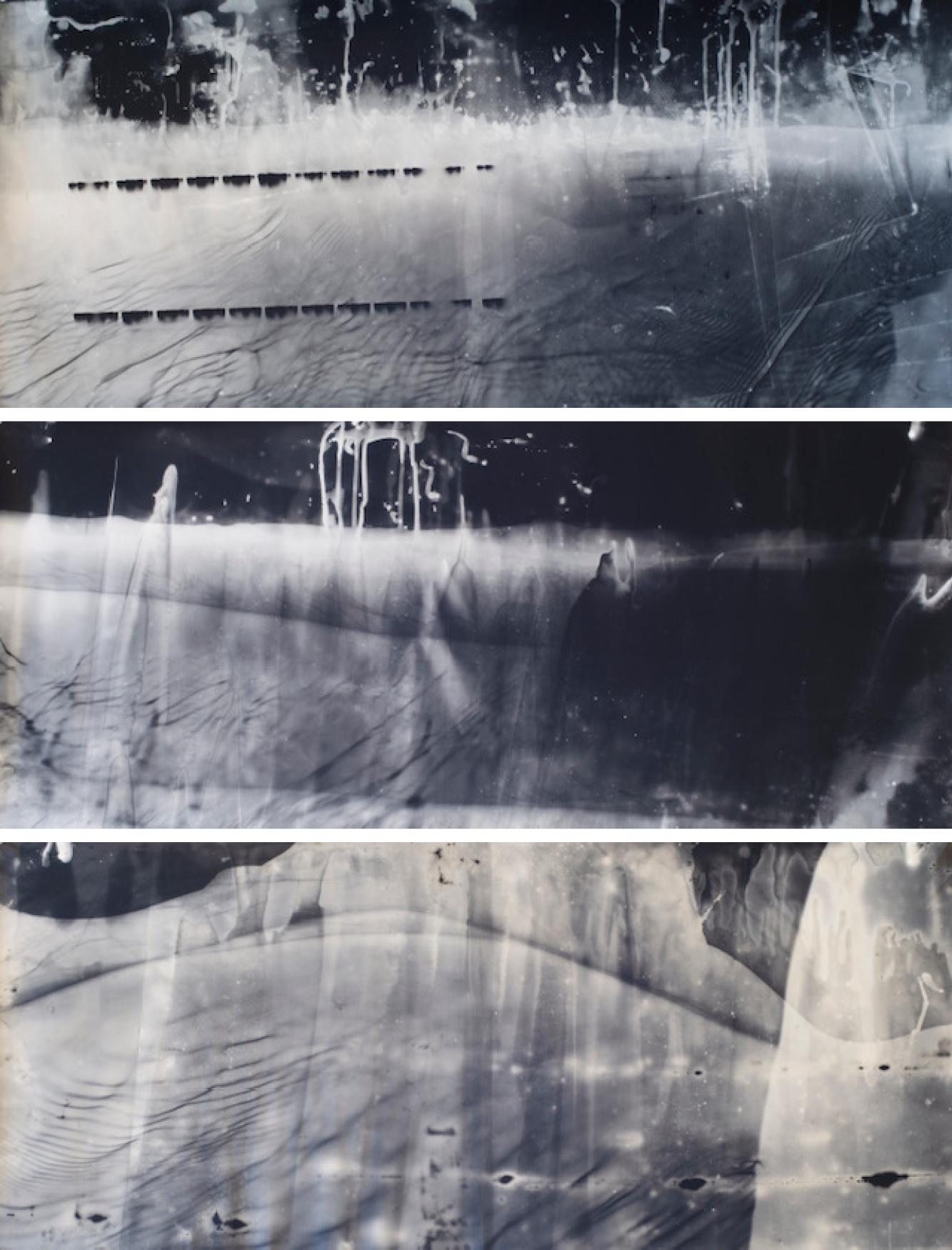
Dr Kathryn Adele Hardy Bernal wearing Gothic Lolita style at her PhD thesis proposal confirmation, College of Creative Arts, Massey University, Wellington, March 7, 2016.
A “lifetime of scholarly dedication” will come to fruition this week when Dr Kathryn Hardy Bernal graduates from Massey University with her doctorate in visual and material culture.
The fashion historian has been researching the Gothic and Lolita fashion movement since 2003, a fascination inspired by collecting ‘Pullip’ dolls from Japan, and a visit to Shoichi Aoki’s FRuiTS exhibition on Japanese street fashion at the Sydney Powerhouse Museum.
“I was most intrigued by his examples of Harajuku girls wearing Gothic Lolita attire. This influenced my attraction to the dolls but also led to my own adoption of the fashion style. Most importantly, it inspired me to examine the movement, more deeply, to question the meanings behind it, and to analyse the motivations of its participants. It made sense to me, as it incorporated many of my research and personal passions, such as dolls, gothic studies, and Victorian fashion,” Dr Hardy Bernal says.
Her path to completing her PhD on Mexican Gothic and Lolita fashion began after giving a keynote address on the fashion subculture as a worldwide phenomenon at a conference in Mexico. “Stemming from that first visit to Mexico, my original plans for my doctoral study, on the global migration of the subcultural style, eventually shifted towards a major focus on the Mexican movement.”
Her thesis examines the Mexican development of Japanese Gothic and Lolita style, and investigates how the Mexican movement reflects and departs from the foundational ideologies of the Japanese subculture. Her research took her back to Mexico where she undertook field and ethnographic studies with members of the subcultural Mexican community and experienced the movement first-hand.
Unique style inspired by history
Dr Hardy Bernal describes the Japanese Lolita fashion style as “reminiscent of the garments worn by the character Alice, of Lewis Carroll’s Alice in Wonderland stories, as illustrated in the 19th century, by Sir John Tenniel, and later emulated by Walt Disney.”
“It is notable by its higher waistline and cupcake or bell-shaped knee-length skirts, supported by layers of frothy petticoats. Essentially, it is represented by adults who wear dresses of a child-like, or doll-like, style and aesthetic.”
There are two distinctive styles within the subculture: the Gothic Lolita and the Sweet Lolita. The latter is recognised by pastel, sweeter colours, and motifs, while the gothic variation often incorporates aspects of mourning dress. “Overall, the Lolita fashion style is inspired by elements of historical attire, from the French Rococo, Romantic, and Victorian periods, through to the 20th century Post-Punk, New Romantic, and Goth movements, albeit demonstrating the Little-Girl Lolita silhouette.”
Her research found the Mexican style often draws on aspects of the historical, religious, and popular culture of Mexico. “An innovation is the Catrina Lolita style, which is inspired by the skeletal figure of La Catrina, referred to as Lady Death, an identity associated with Día de los Muertos (Day of the Dead). This look combines decorated skull-like make up with Gothic Lolita fashions. Some members of the Mexican Gothic and Lolita community also fuse elements of traditional Mexican dress with the Lolita silhouette. Others are influenced by their Catholic religion to incorporate iconography of the Virgin Mary.”
She found that elements such as the Spanish mantilla and floral wreath headdresses, worn on the Mexican Day of the Dead, have crept into Gothic and Lolita fashions around the world, and she maintains that the popularity and prevalence of the Mexican Gothic and Lolita movement has had a significant impact on the evolution of the subculture worldwide.
“Personally, especially in the way that it is represented there, I believe that it resonates with the tastes and motivations of its Mexican members. The Gothic Lolita, especially, in its association with motifs such as crosses, crucifixes, rosaries, gravestones, and mourning dress and jewellery, appeals to their Catholic and cultural sensibilities, especially in relation to rituals of the Day of the Dead.”
She says graduating during the COVID-19 pandemic has meant postponing her plans for commemorating her achievement, but hopes to celebrate soon.
“My academic career, to me, is not just a job but a vocation. Therefore, I can’t describe just how much it means to me to have achieved this milestone, which represents not just the term of my candidacy but 17 years of research, in relation to this particular topic, and a lifetime of scholarly dedication.”
More Research stories

Research
Doctoral candidate Kevin Miles has been awarded Dean’s List for Exceptional Theses
His creative based research has utilised the practice of ‘cameraless photography’ where photographic materials (film, photo paper etc) are used directly to record experience and phenomena aboard ship!

Research
Tackling poverty and institutional racism through design
Auckland architect John Belford-Lelaulu has won the Creative New Zealand and Massey University Arts and Creativity Award at the 2018 Prime Minister’s Pacific Youth Awards.

Research
Ockham shortlisted book wins Best Cover award
Associate Professor Anna Brown and Dr Bronwyn Holloway-Smith’s book, Wanted: The search for the modernist murals of E. Mervyn Taylor, won Best Cover at the 2019 PANZ Book Design Awards.